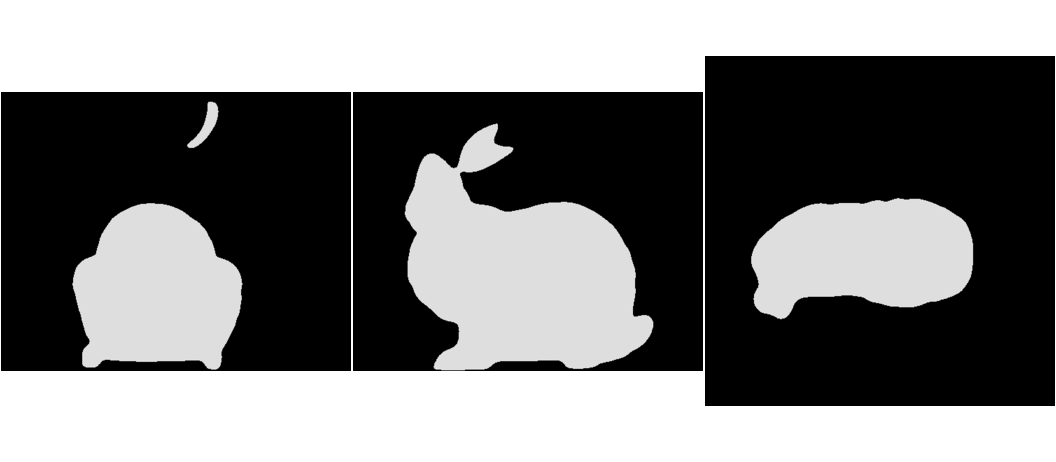Difference between revisions of "Rotating Translating STL Bunny"
| Line 1: | Line 1: | ||
| + | This example demonstrates the use of time-dependent transformations in the context of STL-objects. Time dependent transformations are also applicable to other Serpent objects. | ||
| + | |||
| + | == Input == | ||
| + | |||
[http://virtual.vtt.fi/virtual/montecarlo/examples/3Dgeo_example/STL/bunny.stl bunny.stl] | [http://virtual.vtt.fi/virtual/montecarlo/examples/3Dgeo_example/STL/bunny.stl bunny.stl] | ||
| + | == Output == | ||
| + | From the 180 plots rendered for each of the three plotting planes the following animation can be compiled: | ||
[[File:Rotating_Translating_STL_Bunny.png|frame|none|Resulting movement of the bunny. Compiled from 180 individual frames plotted during the simulation time-intervals.]] | [[File:Rotating_Translating_STL_Bunny.png|frame|none|Resulting movement of the bunny. Compiled from 180 individual frames plotted during the simulation time-intervals.]] | ||
Revision as of 13:03, 20 June 2017
This example demonstrates the use of time-dependent transformations in the context of STL-objects. Time dependent transformations are also applicable to other Serpent objects.
Input
Output
From the 180 plots rendered for each of the three plotting planes the following animation can be compiled:
Notes
- The transformations are updated at time-interval boundaries, which means that the geometry is static for each time-interval.
- The positions of neutrons and precursors are not updated as the transformations are updated.
